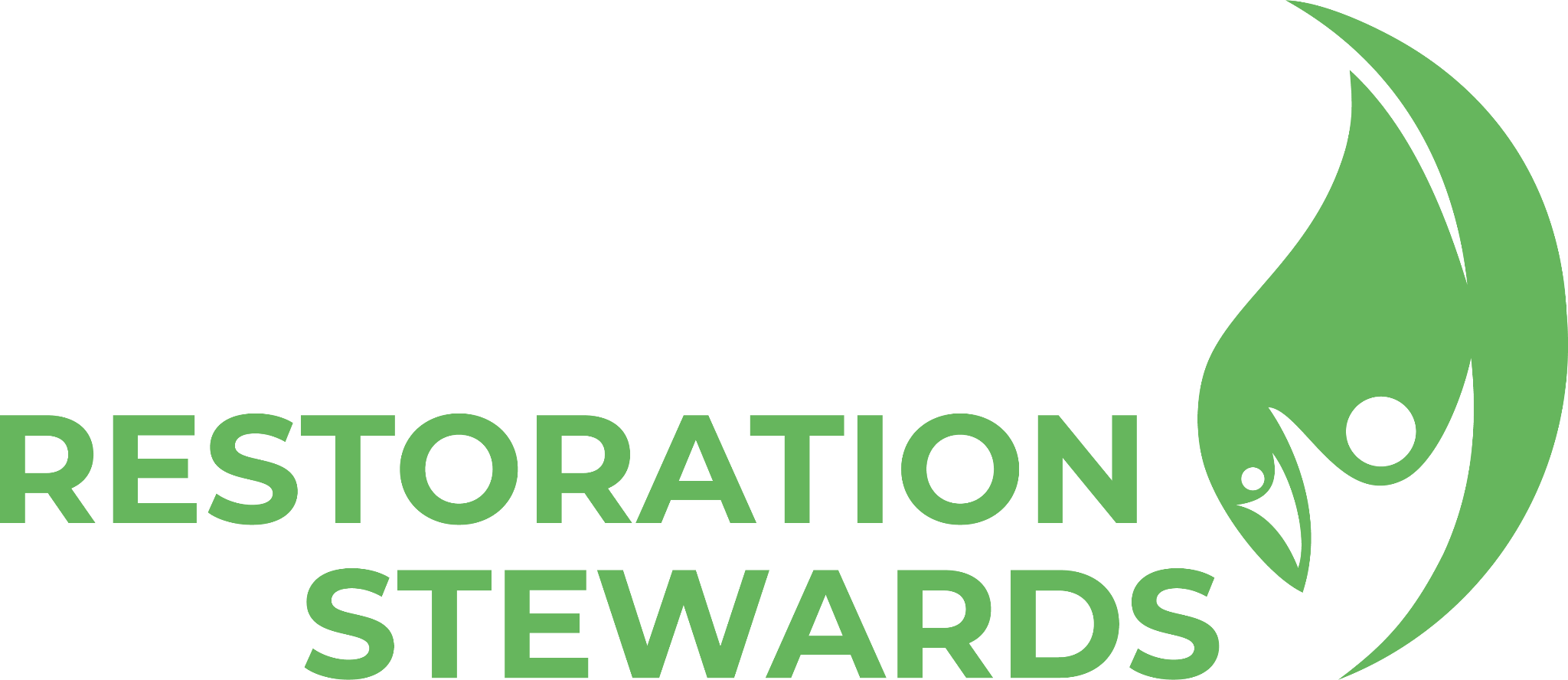Learned how to manage restoration project from Rimba Raya
Back in August, my Restoration Stewards mentor, Kania, set me up with a networking opportunity with Mr. Haryo Ajie Dewanto (Mas Ajie) of Rimba Raya Indonesia. This enabled me to learn from someone with greater experience and expertise in restoring degraded peatlands and supporting community livelihoods in other parts of Central Kalimantan.
Figure 1. Mr. Haryo Ajie Dewanto Technical Director of Rimba Raya
By meeting a more experienced person in the same field, I have gained a better understanding of how to manage large projects, approach local community members, and create enabling conditions in the target area to ensure the success of the project.
We set up this meeting because I want to learn a more direct approach from a more experienced person in the peat restoration field. By having a discussion from a firsthand experience, I can learn how a larger organization manages their project and what kind of approach they consider achieving their goal of preserving and restoring peatland in Indonesia. This knowledge helps me prepare to approach the community members, take notes on what to consider while expanding my project and decide on the priority on creating an enabling condition to run restoration projects.
Mas Ajie taught me that a project not only needs to consider the ecosystem, but also economic conditions, education levels, and human health in the surrounding community. By doing education activity, we can help raise the local community’s awareness about the importance of peatland and once they understand, they will be willing to protect the forest voluntarily.
In addition to restoring ecosystems, we also need to support economic development with a sustainable commodity, educate local communities about sustainable lifestyles, and build health facilities to improve their living conditions.
From Mas Ajie, I learned about how to implement a more efficient restoration project with the community, one of them is to see a restoration project holistically. That a conservation project is not just about planting trees but also about the livelihood of the surrounding community. That a thriving community will create sustainable conservation projects.

